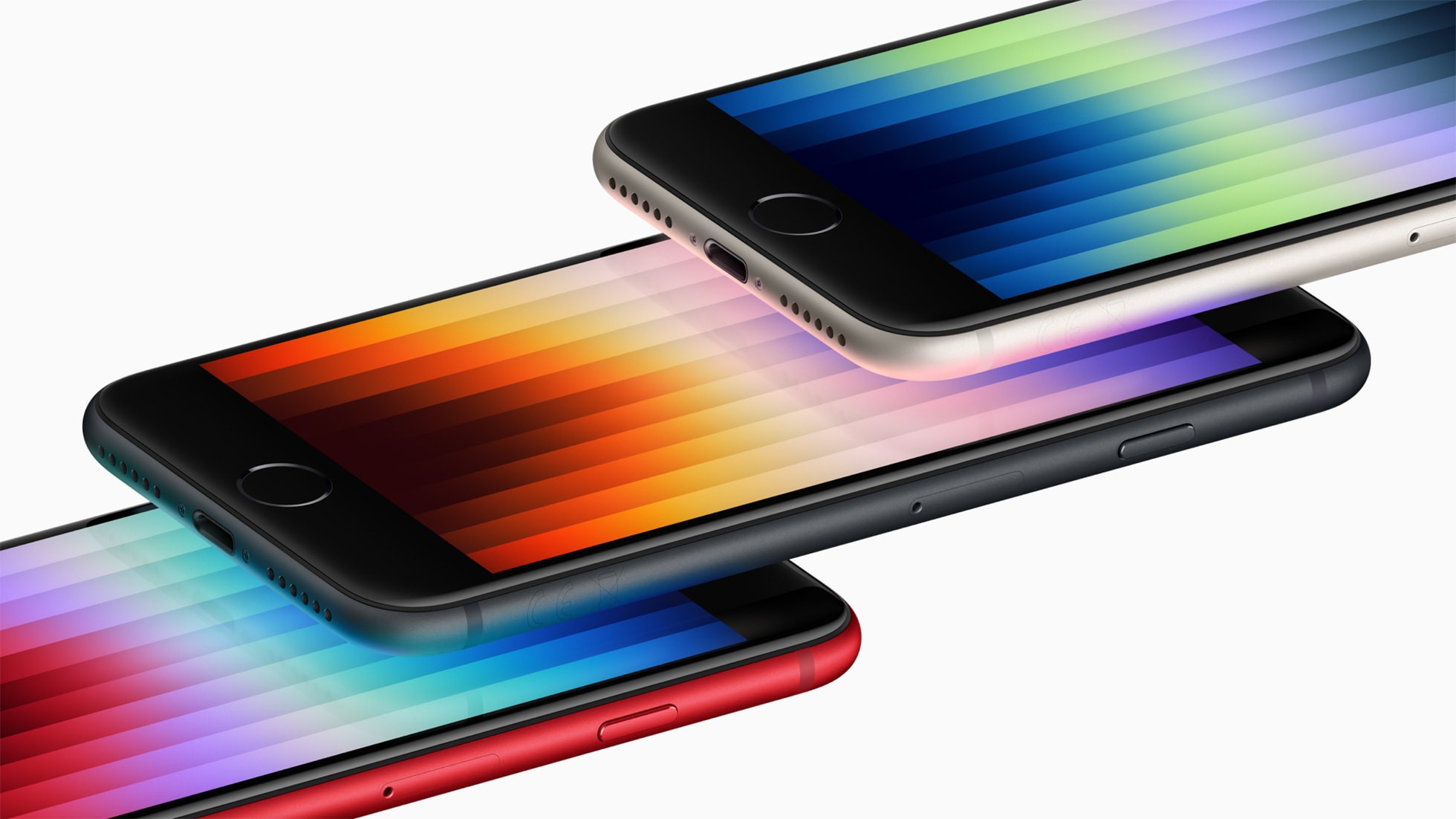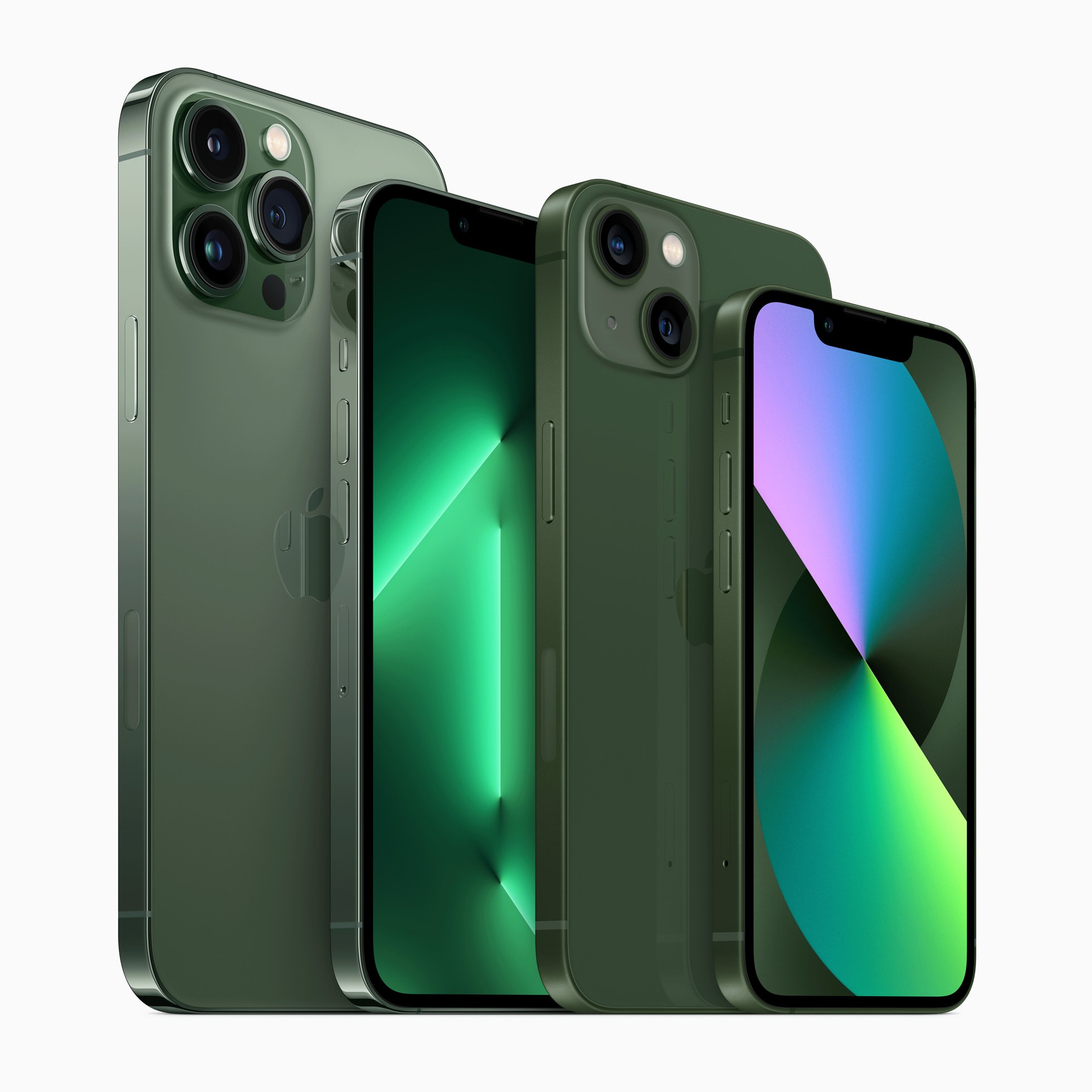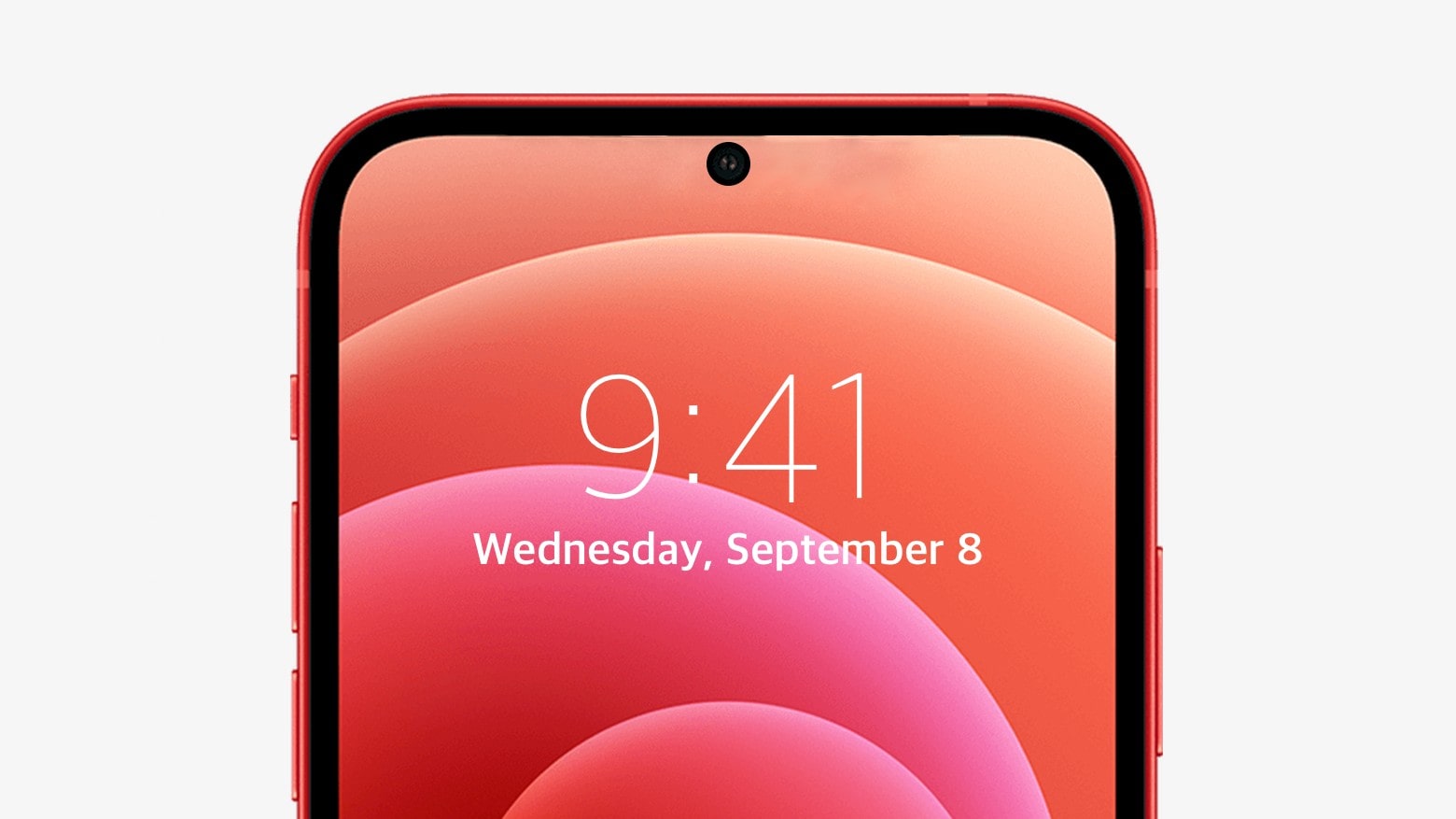In recent months, Apple has revealed its new iPhone 11 lineups device. The new device comes with many improvements and a new component to improve performance compared to previous devices. One is the U1 Ultra Wideband Chip of Apple.
The Apple was known to use the Decawave Ultra DW1000 chip on its new iPhones, but the teardown proved that the Apple U1 chip and the Decawave chip are two different stuff.
Apple didn’t talk about the U1 chip when the iPhone 11 Series was announced. On the contrary, it is the chips used to add AirDrop’s new feature. However, this chip has a high potential that the radio frequency engineer interprets.
William Sanitate, VP Engineering at O&Services: “[Ultra broadband] uses a whole bandwidth to transfer data.” This is achieved by using a much broader frequency range than Wi-Fi and Bluetooth, both of which only focus on one specific frequency spectrum. In addition, it can use huge 500 MHz-wide channels within UWB’s frequency spectrum. It’s a huge jump from 20MHz-wide Wi-Fi channels and the puny 2MHz channels of Bluetooth. This contributes significantly to bandwidth, speed and latency.
The blog of iFixit explains that U1 chip and UWB can be used for different purposes. UWB could be used to transfer data with AirDrop.
Data transfer in UWB is faster in relation to Wi-Fi and Bluetooth data due to higher bandwidth and latency. If Apple adds UWB to the airpods, the location can be extracted if it is lost.
After all, Apple struggled so much with the U1 chip that the company could have more plans.




